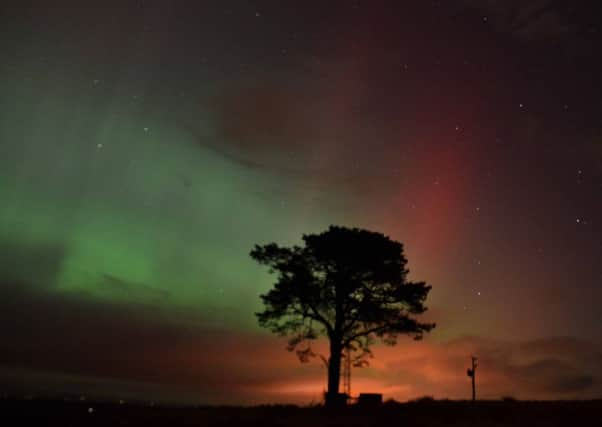Spotted: Scotland’s prime Northern Lights locations


To put it simply, the best locations for seeing the spectacular light events tend to be those that are as northern and as elevated as possible. The sights (and sometimes sounds) of the aurora occurs when charged electrons from the solar wind meet atmospheric elements that ring the North Pole.
Last year saw a ‘solar maximum’ over the northern hemisphere, and much of Scotland is likely to see the Northern Lights at this stage in their 11-year cycle.
Advertisement
Hide AdAdvertisement
Hide AdWhile it’s impossible to fully predict where and when the Northern Lights can be seen, we look at some of the most likely locations for their appearance. Independent organisation Aurora Watch UK also offers free text alerts for those interested in witnessing auroral activity for locations throughout the UK and researches their characteristics when they do make an appearance.
January and February this year saw great light shows etched into the skies above the Caithness coastline, which is where the spectacular video featured in this article was filmed. The Orkney Isles offer some of the most northernly views of the phenomenon, while those who reside in Shetland and the Outer Hebrides also benefiting greatly from the low levels of light pollution in some of Scotland’s most remote areas.
In particular, the town of Nairn in North-east Scotland and the Cairn o’ Mount outside the town of Stonehaven in Aberdeenshire are both known for offering up sights of the aurora on clear, moonlit evenings.
Despite their proximity to the built-up areas of Dundee and St. Andrews, parts of Tayside and the Fife coastline have witnessed particularly powerful displays of the Aurora Borealis in the past. It is theoretically possible to witness the light show from light-polluted areas such as Edinburgh’s Calton Hill, though the odds of doing so are greatly reduced by their low-lying stature and the surrounding lighting, which makes a glimpse a rare occasion indeed.
And as for when to see this natural wonder, VisitScotland says that winter and autumn tend to be the most likely times to be rewarded when aurora-hunting.
Where have you been when you’ve discovered the Aurora Borealis?